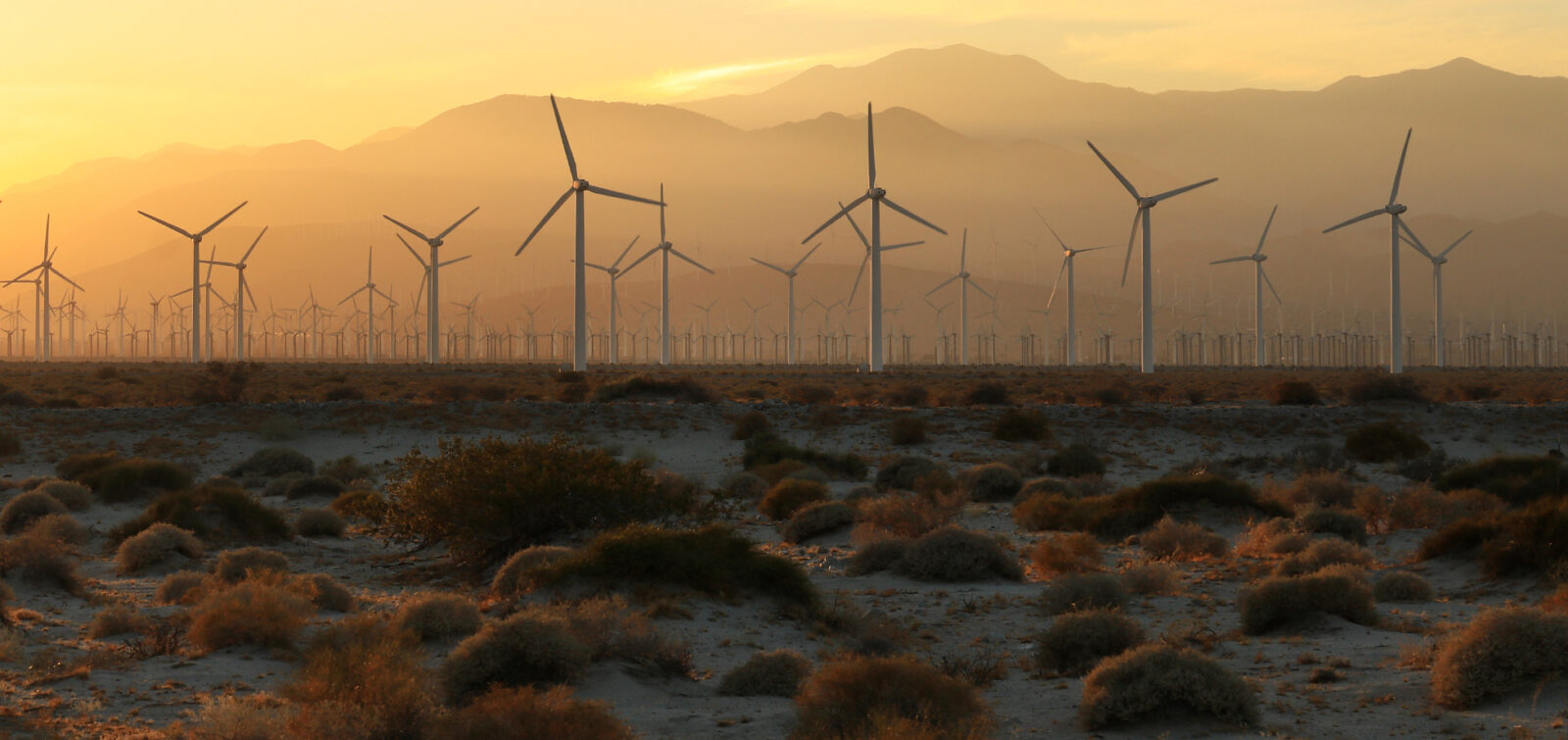Located in the northwestern portion in Riverside County, California, the city of Moreno Valley is one of the top 20 fastest growing cities in the state, in one of its fastest growing counties. Evidence of this growth can be seen by number of industrial and logistics companies who operate within its limits.
In April 2015, the City Council of the City of Moreno Valley (City) certified a Final Environmental Impact Report (FEIR) for the World Logistics Center (WLC)—which, when built, would become one of the largest industrial development campuses in the state. The 2,610-acre project would provide 40.6 million square feet of logistics uses, generating 58,800 vehicle trips daily, with approximately a third of these trips by trucks.
But there was a red light for the project in September 2015, when a number of lawsuits challenged the FEIR and the subsequent approvals granted for the construction and operation of the WLC, including a fairly rare CEQA lawsuit from the South Coast Air Quality Management District. In a court ruling dated February 8, 2018, the Honorable Sharon J. Waters, Judge of the Riverside County Superior Court, identified several deficiencies in the FEIR and said that the FEIR had failed to provide a comparison of feasible, cost-effective renewable energy technologies in the Energy Impacts analysis.
ESA was hired to perform the needed analyses and author the revised sections of the FEIR to respond to the judge’s ruling. A key component to reworking the FEIR was the first-of-its-kind Transportation Energy Technical Study (TETS), focused on the feasibility of implementing new technologies and other measures for improving energy performance and reducing greenhouse gas (GHG) emissions and harmful air pollutants from project-related transportation sources. With zero-emission technologies advancing rapidly in the goods movement industry, ESA was thrilled to bring on CALSTART, a preeminent nonprofit organization working nationally and internationally with businesses and governments to advance clean, efficient transportation solutions, particularly for trucks and other heavy-duty vehicles.
State Policy Changes Encourage Electrification
The original 2015 FEIR had limited its transportation energy analysis to the use of traditional transportation fuels in heavy- and medium-duty vehicles, such as diesel and natural gas, and did not evaluate the potential for electrification of the logistics sector. However, California’s energy policies and programs have been evolving rapidly since the 2015 FEIR was published, in particular with respect to low carbon fuels and zero-emission vehicles (ZEVs). In May 2016, the California Air Resources Board (CARB) released the updated Mobile Source Strategy, which calls for 1.5 million ZEVs (including plug-in hybrid electric, battery-electric, and hydrogen fuel cell vehicles) by 2025 and 4.2 million ZEVs by 2030. It also calls for more stringent GHG requirements for light-duty vehicles beyond 2025 as well as GHG reductions from medium-duty and heavy-duty vehicles and increased deployment of zero-emission trucks. Statewide, the Mobile Source Strategy would result in a 45 percent reduction in GHG emissions, and a 50 percent reduction in the consumption of petroleum-based fuels. Meanwhile, the California Sustainable Freight Action Plan, also released in 2016, includes goals to achieve a 25 percent improvement in freight system efficiency by 2030, and to deploy over 100,000 freight vehicles capable of zero-emission operation by 2030.
Complementing the Mobile Source Strategy, the Sustainable Freight Action Plan, and the State’s push toward zero-carbon electricity, Senate Bill 350 (September 2015) mandates the California Public Utilities Commission to direct the six investor-owned electric utilities in the state to file applications for programs that “accelerate widespread transportation electrification.”
A Deeper Look into the Costs and Challenges with Electrified Vehicles
With these developments in mind, we set out to study the viability of potential future electrification of trucks associated with the 20-year buildout horizon of the WLC. The TETS considered three potential scenarios covering a low, medium, and high rate of electric vehicle technology penetration for medium-duty and heavy-duty trucks. The analysis considered CALSTART’s zero-emission transformation model, which takes into account how nascent zero-emission solutions—namely, technologies from the transit bus segment—evolve and transition into other medium- and heavy-duty categories. The study also evaluated the suitability of various zero-emission and near-zero-emission technologies, such as battery-electric, hybrid electric, plug-in hybrid, and range extended/fuel cell along with biodiesel and CBG/LNG, to the logistics industries.
The TETS acknowledges that medium-duty and heavy-duty zero-emission trucks currently cost significantly more than conventionally fueled trucks and buses, but funding exists to help offset the higher cost. This includes CARB’s voucher programs that promote investments in electric, hybrid, fuel cell, and low-NOx natural gas trucks and buses. We also considered the implications of several technology demonstration programs that are advancing the commercial viability of ZEV trucks, including the Advanced Technology for Truck Corridors pilot project being led by Caltrans, which brings together Integrated Corridor Management, Active Traffic Management, the Freight Advanced Traveler Information System, and Connected Vehicle advanced technology platforms as an integrated strategy to improve system efficiency and support the goals of the California Sustainable Freight Action Plan.
In addition to the current higher costs for electric vehicles, other barriers to widespread adoption exist in the logistics sector. Specifically, the TETS studied charging time and found that standard batteries typically provide enough power for approximately 6 hours of constant use. After that, 8 to 16 hours are required to recharge batteries, followed by 8 hours for batteries to cool before using. Although faster-charging batteries can restore batteries from 20 to 100 percent in 60 to 90 minutes, they are more expensive than standard batteries. These charging times are not compatible with how most high-cube warehouses operate. For example, many warehouses implement the “drop and drag” procedure, where a truck will bring goods to the facility, and the trailer (or sea-going cargo container) will be disconnected and left on-site for the lengthy process of unloading. An empty trailer may be connected and the truck quickly departs to return to its point of origin. Conversely, an outbound truck is usually scheduled to retrieve a delivery load only once the container/trailer is full. Thus, trucks are not on-site or idle for long enough to obtain a meaningful battery charge.
Looking Ahead
In analyzing the latest policy, regulatory, and technology developments related to energy and the goods movement sector, applying what we discovered from the TETS into an EIR provides decision-makers with a thorough analysis of the trade-offs amid rapidly changing energy policies, regulations, and market conditions. Given the State’s goals to reduce emissions from the transportation sector, and the resources earmarked to help bring new solutions to market, projects with mid- to long-term planning horizons should analyze the benefits and impacts from potential integration of cleaner technologies—and we can help. If you would like to learn more about ESA’s approach to this study, please reach out to Heidi Rous or Jeff Caton.






